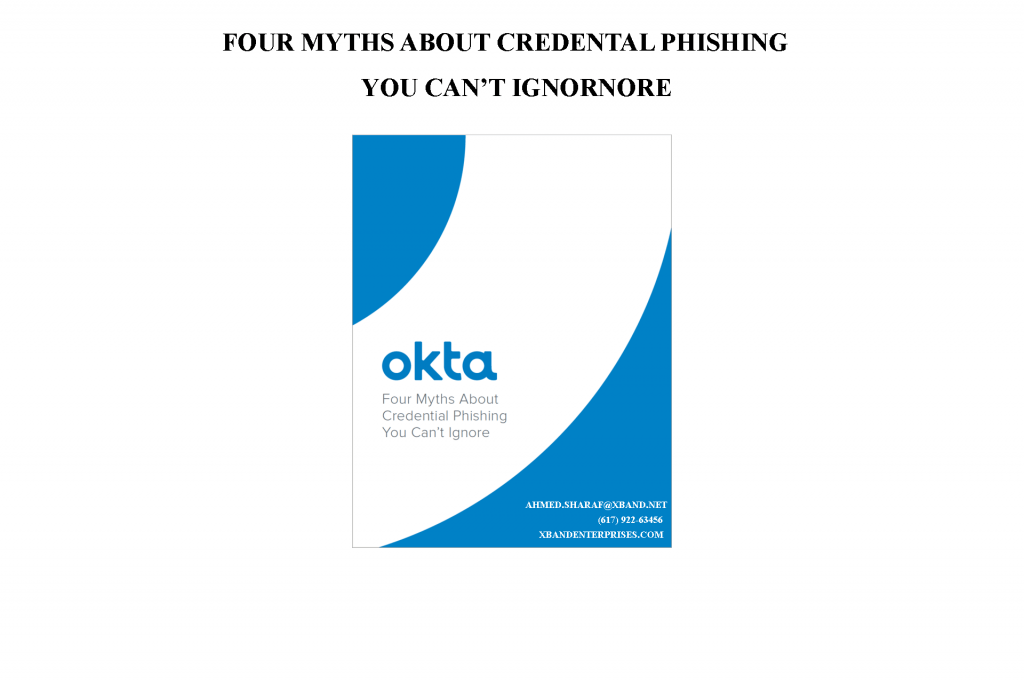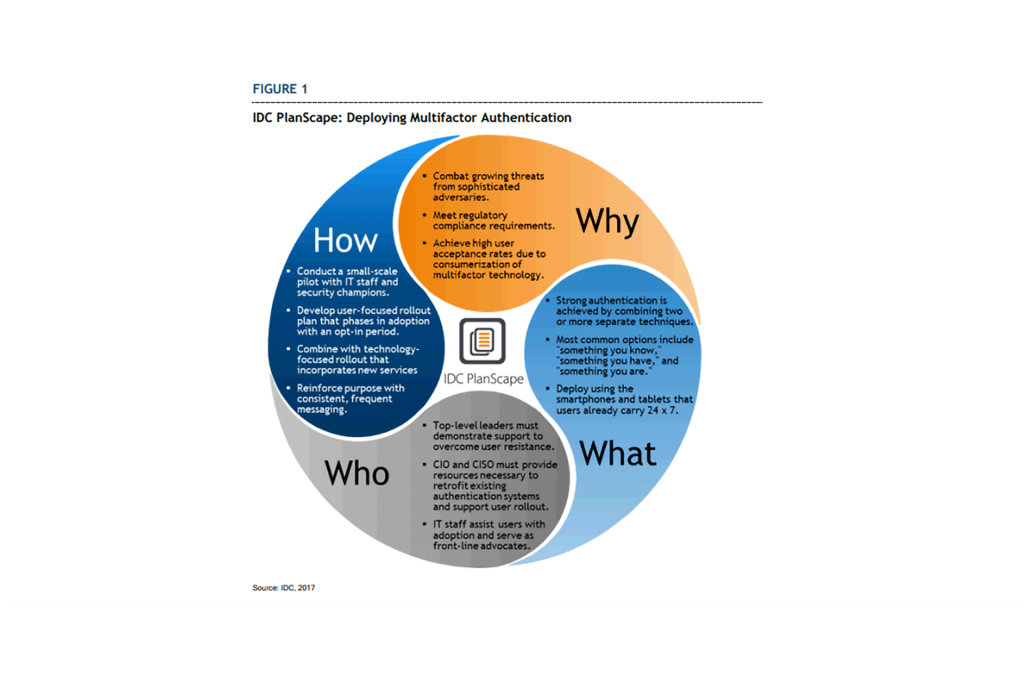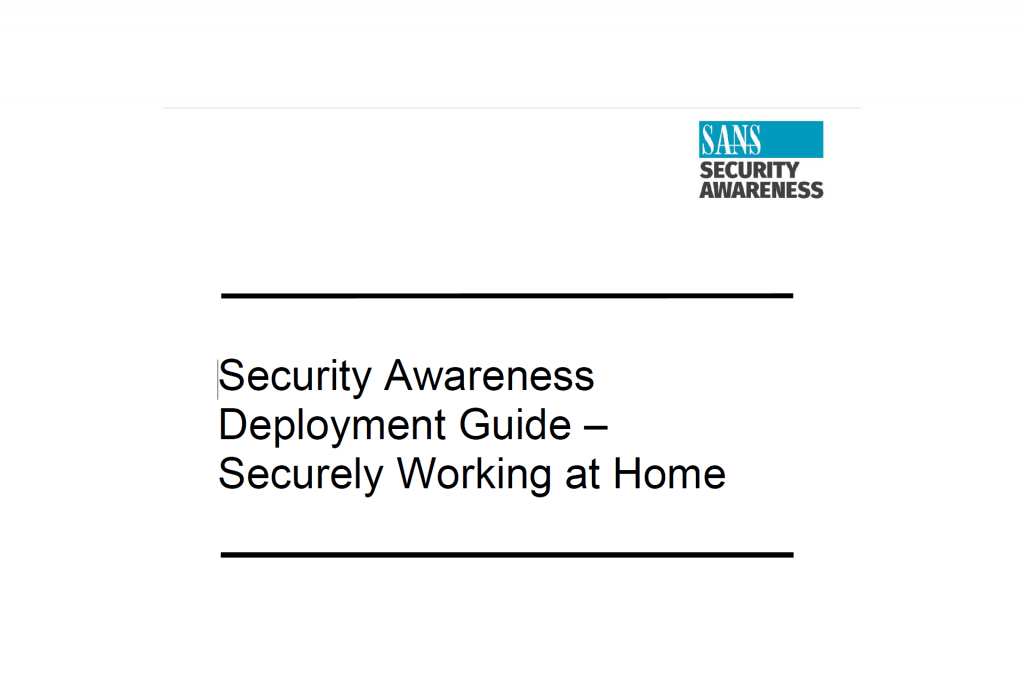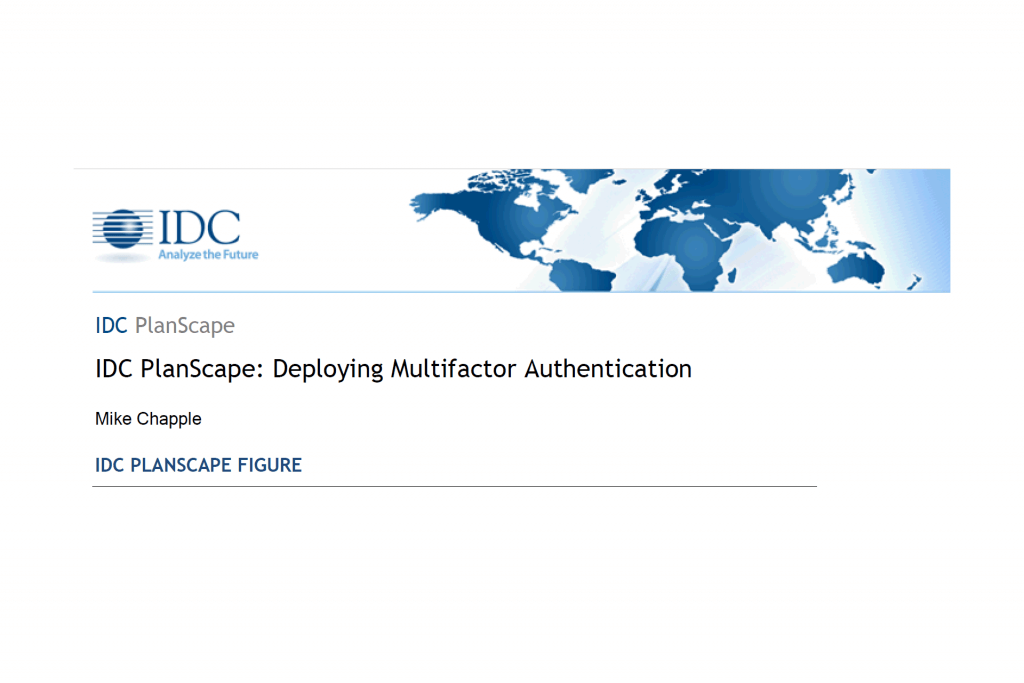Why Video Conferencing Is More Productive than In-Person Meetings
Why Video Conferencing Is More Productive than In-Person Meetings Whether you’ve been working remotely for years or are transitioning, virtual meetings can encourage better engagement and collaboration. Being in the same room with someone doesn’t necessarily mean you’ll have a fruitful meeting. In fact, there are lots of stats and data that support the idea that video conferencing is more productive than in-person meetings. Global catastrophe or not, the revolution of remote work will continue to grow as companies realize its effectiveness and efficiency. Let’s look at why video conferencing can deliver a more productive atmosphere for working together. A Look at the Data on Video Conferencing Video conferencing has been growing …
Why Video Conferencing Is More Productive than In-Person Meetings Read More »




